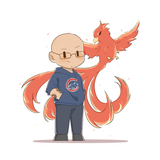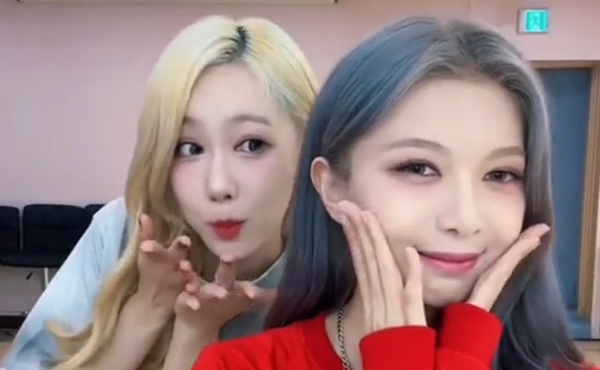The Wonderful Wizards of Comms
Community Management in the games industry might seem like just social media and communication magic, but there’s so much more going on behind the curtain.
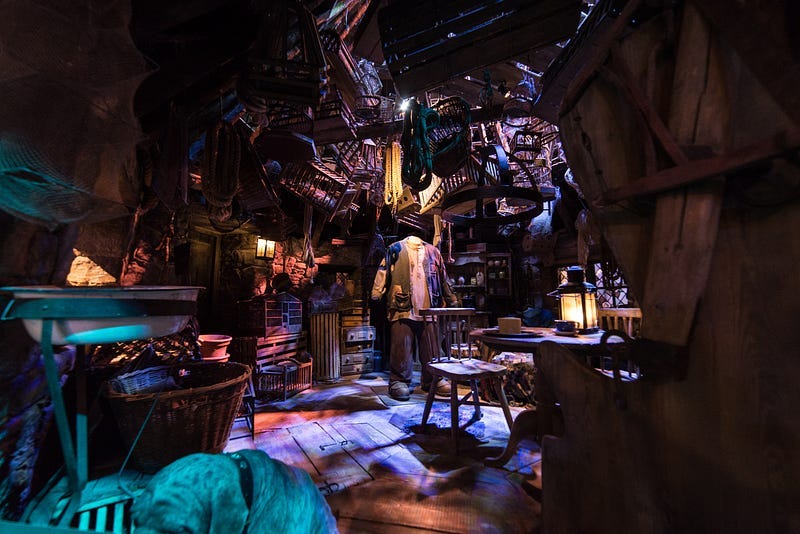
Somehow, in a childhood that was filled with plenty of a turn into the fantasy genre, whether that was through loving repeat reads through the Dragonlance series, childhood dreams of one day being able to perform magic despite its unfortunate lack of presence in reality, and of course, a healthy diet of fantasy-based JRPG games, I missed seeing The Wizard of Oz. It was not until college, when I was at a get-together with fellow freshman orientation leaders at someone’s dorm room, that this omission from my upbringing was discovered and summarily remedied.
Perhaps it was for that reason that I had the reaction that I did towards one of the iconic scenes of the movie, when the vaunted, titular Wizard, who’d sent Dorothy and her friends on a quest to destroy the Wicked Witch of the West on the promise that the Wizard would help them, was revealed to not be a Wizard at all. Foiled by a curious dog and the now-famous lame command to “pay no attention to the man behind the curtain”, the Wizard is revealed to be just a regular human, having presented themselves as “The Great and Powerful Oz” with a smokescreen of special effects and machinery.
Unlike most of my friends, who’d focused on the fact that A)the Wizard was actually a fraud or B)the more wholesome portion of the reveal that showed the Wizard wisely pointing out the Scarecrow, Tin Man, and Cowardly Lion always had what they’d wanted, mine was a reaction of wonderment that the Wizard himself had created and made big things happen with such intricate workings — that behind that thin curtain lie a complicated pile of mechanics that until now, we weren’t able to appreciate. More importantly, the Wizard had managed, through no magic except natural talent and skill, to become the ruler of a city, a fearsome force to be reckoned with, and a wielder of powers that ultimately were a facade, but were still impressive.
My friends didn’t really see it the way I did, ribbing me that I was reading a little too far into what the message was and that I’d maybe had a little too many poorly-made rum and cokes. But perhaps it was that keen interest in the inner workings of something that put me on the dual yellow brick road paths to technology and games that I now occupy.

In some ways, video games themselves have always been a kind of Wizard of Oz-ish thing to those who play them. The final product of a good game is a fantastical presentation of iconic imagery and special effects but is also backed by many “people behind the curtain” that combine many moving parts to contribute to a game’s success.
The games industry itself has had a systemic issue with a while trying to communicate these moving parts — about exactly how complex and difficult it is for the various folks involved to put the final product in players’ hands. As a result, you have, to a certain degree or another, a kind of ignorance of the various behind-the-scenes work of any of the professions that go into such endeavors. As more of the game development curtain has been pulled back through books, deep-dive articles, and the rise of the indie development scene, there have been strides made about revealing some of the wizardry, but in many places, there’s still some work to be done, and games Community Management (shortened most often to CM) is one of these.

I’m understandably biased here, as this is my area of experience in the games industry, but much of what CMs do behind-the-scenes is still relatively obscured behind a screen of front-facing social media engagement posts, important communications to players about the state of the game, interviews with the press, and the occasional meme or GIF. More than anything, perceptions of the job prioritize outward appearance just by the nature of what it is.
It also doesn’t help that the scope of Community Management is defined differently between games companies. We can hold the keys to all things communication in one place, be responsible for the curation of public channels with players in another, help plan how to work with influencers and the press in a third — or, as may be the case more often than not — do all three and then some under the dreaded “other duties as assigned”.
In short, the Wizards of CM have to have a ton of magic at their fingertip. To a certain degree or another, they serve in the role that Oz’s Wizard did in terms of trying to help grant players (and developers) what they want most out of the game or service in question. It’s unfortunately led to a certain degree of misconception about the difficulty or the effort behind what it is to be a CM in games. Even after a decade in the industry, there’s nothing that makes me wince more than someone who, through no real fault of their own, thinks the CM job is just posting tweets, banning a few people, and getting to hang out with players/play the game every day. Like the Wizard of Oz, CMs are much more than what is outwardly presented, as is their work.
Of all the things that aren’t really known very well about the inner workings of game development, what a community manager does to get to what’s shown publicly is probably one of the most common unknowns as far as players understanding how games work. So without further ado, here are some examples of what kinds of gears and levers the Wizards of CM pull to get some of the things you like to see in games communication done.

What you see: A state of the game announcement about what’s coming next, which might contain some quotes from the developers and maybe a cool video or two.
What the CM did to show the game’s got a brain after all:
- Listened to the players about what things they wanted to know
- Worked with the development team on how to hit the above points
- Spent at least one night agonizing with a bout of imposter syndrome over whether or not they’re the right person to be able to help deliver such an important message.
- Gathered the correct members of the development team to quote
- Coordinated with the press, influencers, and fansites to carry the announcement and signal boost it
- Got involved in evaluating any media to be presented to be not just marketable but also reflective of player trends and feedback
- Spent a vast amount of hours to craft the words, message, and tone of the announcement to provide both information and a connection with the player community

What you see: A community-focused event at a convention (panel, get-together, giveaway, or booth demo)
What the CM did to show the studio has the heart to care about and interact with its players:
- Planned the event and its elements from top to bottom
- Made the site reservations and coordinated the logistics for the event
- Had at least one “run around like a chicken with its head cut off” moment having misplaced either the walkie-talkie, badge, or both
- Coordinated with the development team on speaking points, interaction policy with players, and enticing reveals
- Collaborated with player-run websites, organizations, influencers, and community advocates to connect with the development team
- Worked with convention and site staff to ensure things such as accessibility, safety, security, and scheduling
- Served as the de facto spokesperson, firefighter, herder of cats, and other such duties as assigned before, during, and after the event
- Figured out how best to take feedback to improve future community-focused events
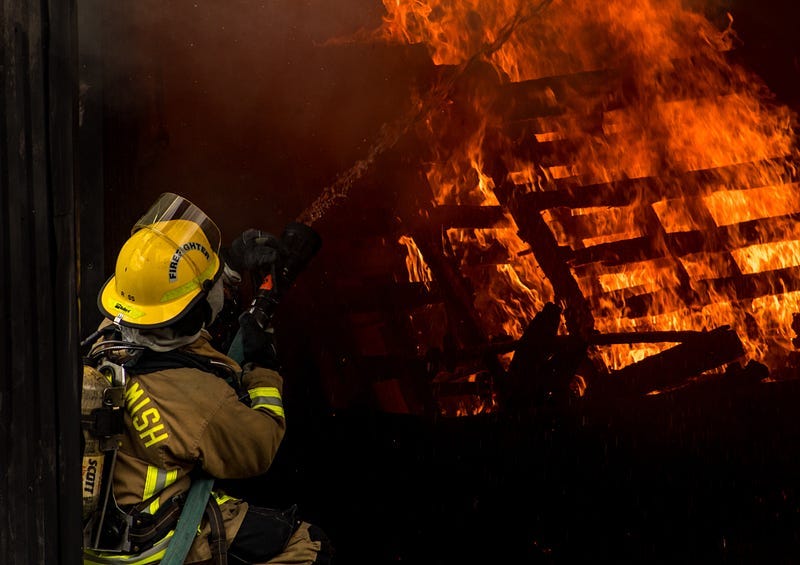
What you see: The inevitable duty of having to tell the community and the players when things got fouled up, distilled into a professional statement of acknowledgment, and a promise to do better.
What the CM did to ensure the company was courageous enough to admit when they made a mistake with its game/service:
- Tirelessly advocated for the message addressing the problem to go out in the first place
- Ensured the development team heard, if not saw, the results and the seriousness of a potential mistake that the community has pointed out about the game
- Compiled and collected the useful feedback from the potential mistake into an easy-to-read summary or report
- Sifted through the sludge of online discourse to compile aforementioned report
- Tanked, MMO-style, the aggro from the community and from the development team discussing the potential problem and the eventual fault that was discovered
- Squared shoulders, took a big chug of coffee, and went back out into the community wilderness the day after the announcement to go back to work and deal with the fallout.
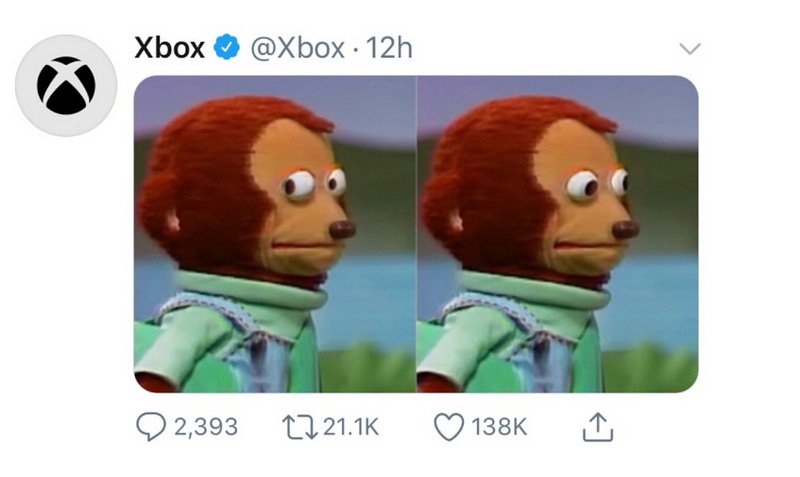
What you see: A well-timed funny meme in response to a question or event (even if it’s an unfortunate one)
What the CM did in order to ensure a bit of levity in an otherwise serious day:
- Google searched “Best Memes 2020”.
- Saved the image for future use.
- Made sure they weren’t doing it at the wrong time, in contradiction to communication policy, or in the current handling strategy for the event, then shrugged and posted it.
- Ate popcorn.

Ok, so they can’t all be complex machinations of community management wizardry, but you get the idea. The point is not to score sympathy or get the online internet equivalent of a path on the back, but to provide information about the job — about how CMs operate all those levers and wheels and controls and buttons that make the ultimate presentation of what the players see to be as fantastical and as cool-looking as any disembodied floating head with the ability to grant wishes and desires.
It may seem like throwing back the curtain for the Wizards of CM might diminish those of us who do the work every day, but nothing could honestly be further from the truth. We may even be, as The Wizard of Oz says, bad at wizardry, but are good people — but that, in a position where the people matter the most, might be just what’s needed.
